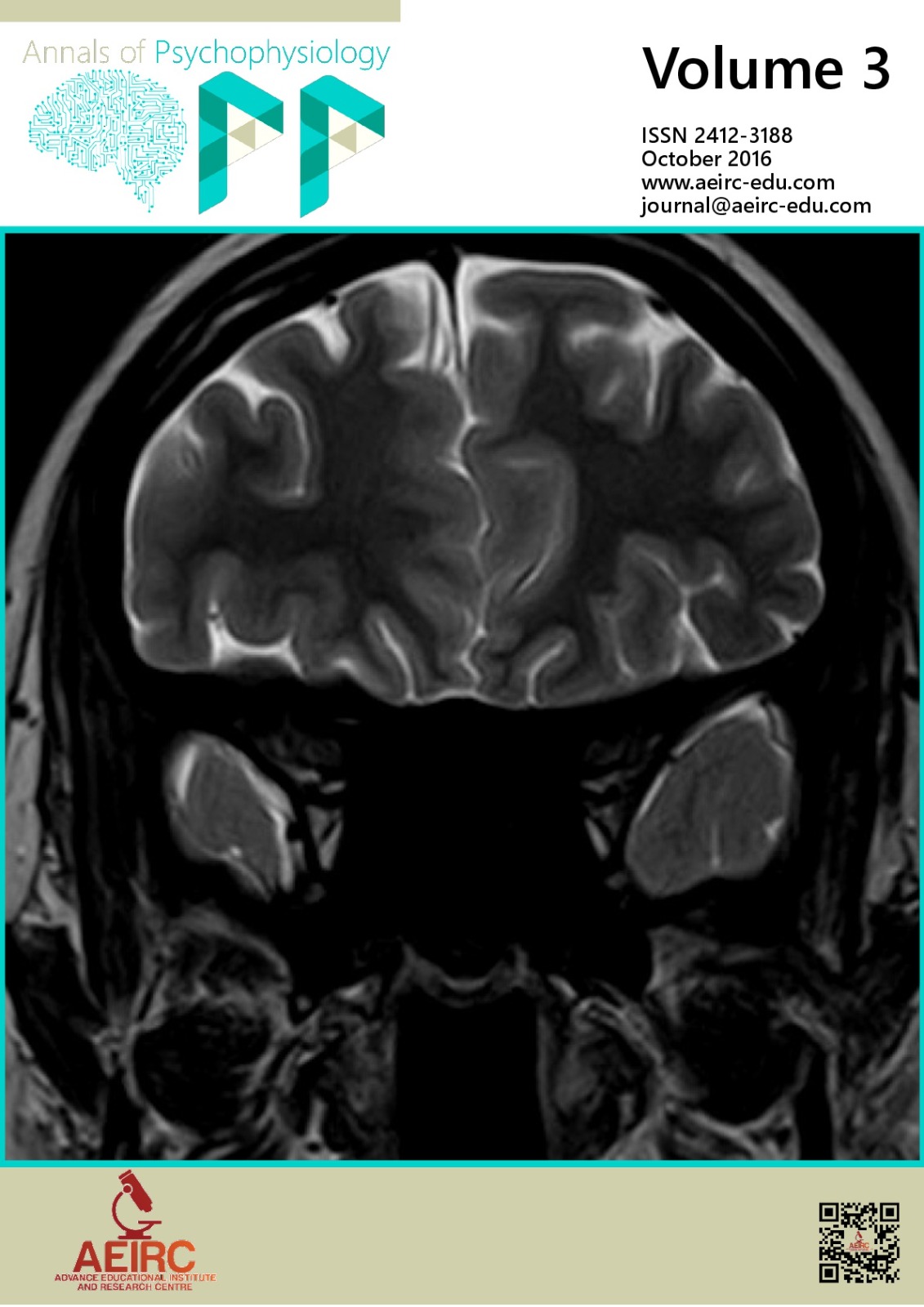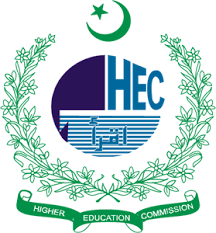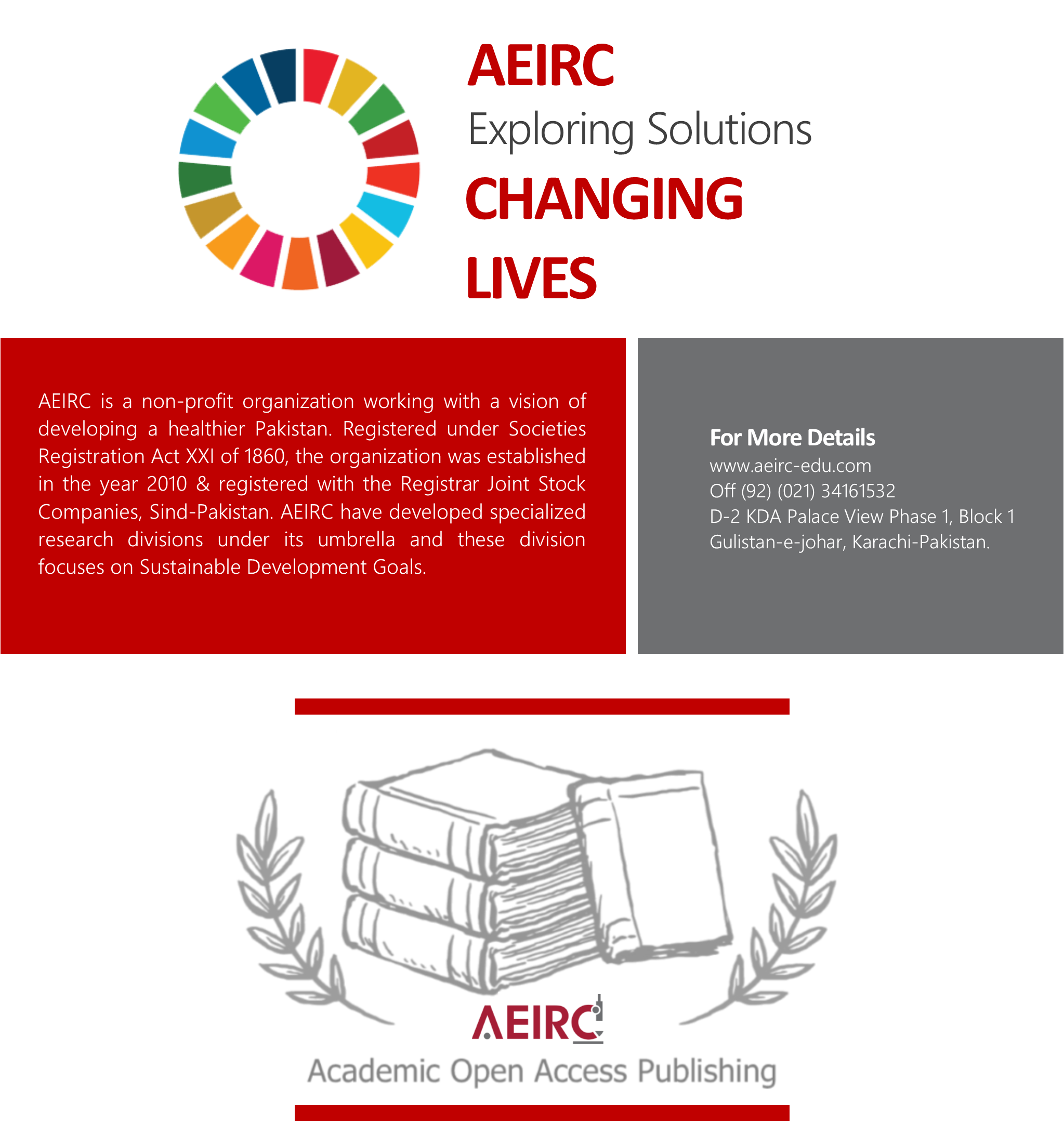Prevalence of Nosocomephobia – Hospital related depression
DOI:
https://doi.org/10.29052/2412-3188.v3.i1.2016.27-32Keywords:
Depression, Hospital, Phobia, Phobic Disorders, Patient Care PopulationAbstract
Objective: The aim of study was to assess hospital phobia and its variation of depressive symptoms in primary care population. Introduction: Nosocomephobia is the fear of hospitals. It is a fairly common phobia; many people are known to suffer from it. Like that “If I go to a hospital, I’m fairly sure it is a fact that my life is not guaranteed.” Patients are afraid of hospitals, especially the emergency rooms. Hospitals are the mark of cure and health. They even usually result in huge expenses. Most people understand that it is a medical necessity and that one does not and fear must be overcome in case of Nosocomephobia though, the patient simply refuses to go to a hospital and the result often are not desirable including death especially in case of major life threatening conditions. Results: In Primary Care population (PCP) severity of Hospital-phobia is very high. Patients show different depressive symptoms like nausea, loss of appetite, mood swing etc. The result of survey shows that insomnia is the highest number found in depressive patients which is approximately 50% in male patients alone. Female the percentage is slightly low i.e. approximately 40%. Discussion and Conclusion: A survey has been conducted at Karachi to ascertain how many people are suffering from hospital phobia. Our survey result showed that the hospital fear (nosocomephobia) is very common in the biggest city of Pakistan i.e. Karachi. The best way to overcome the nosocomephobia is to change the mindset of the patient through some self-help techniques.









